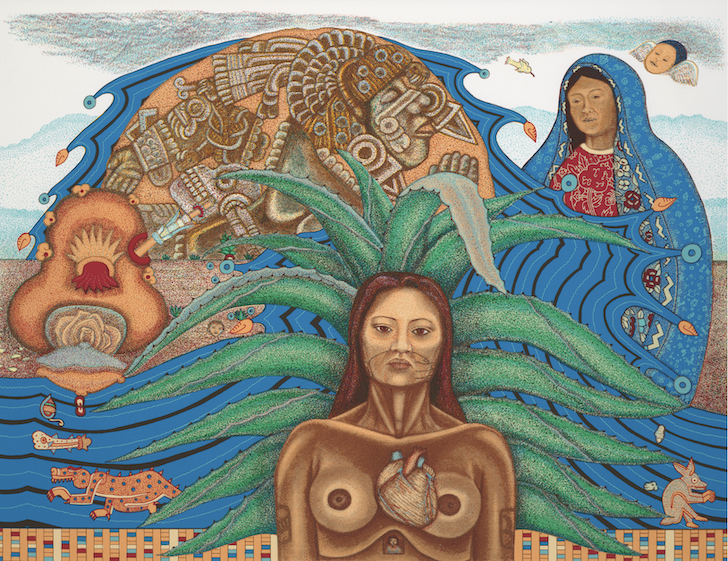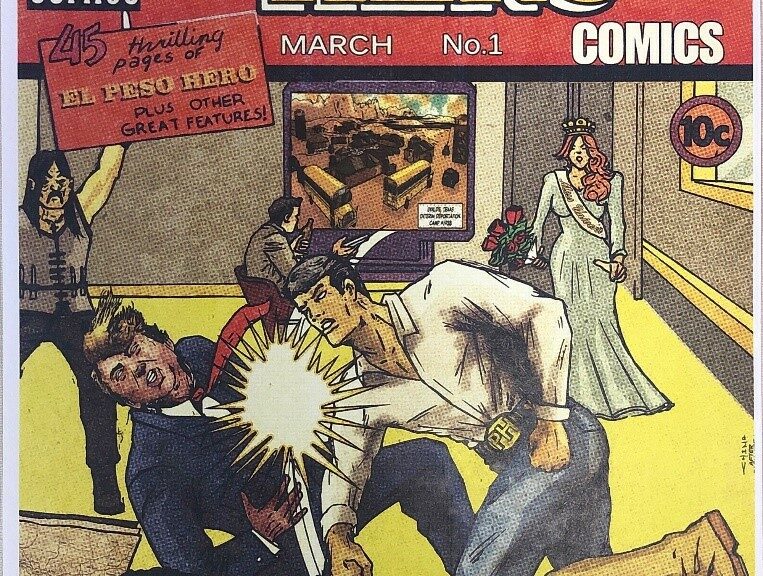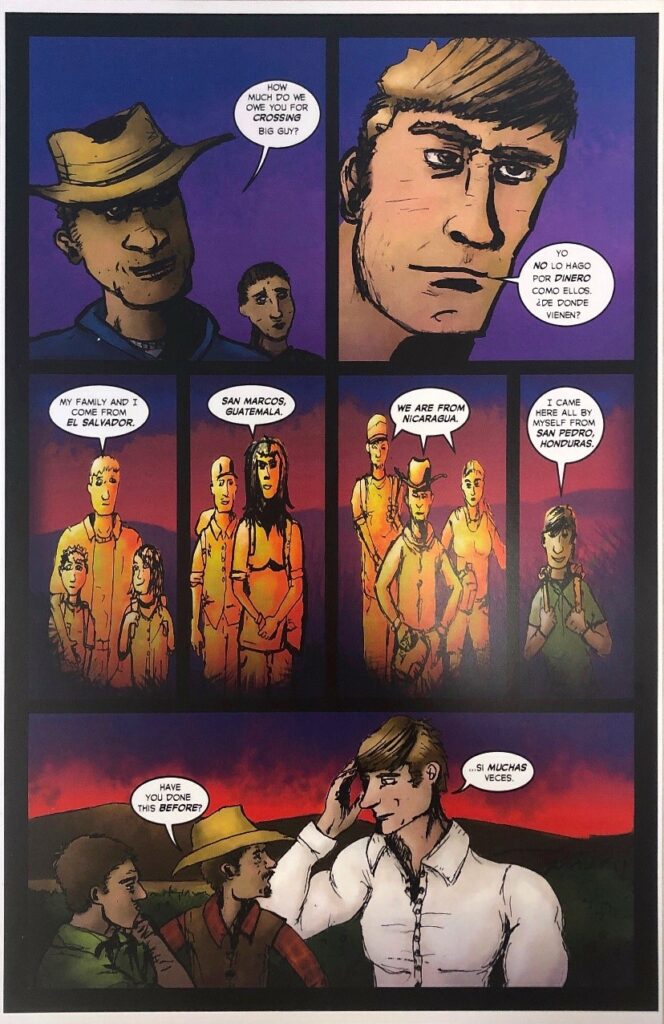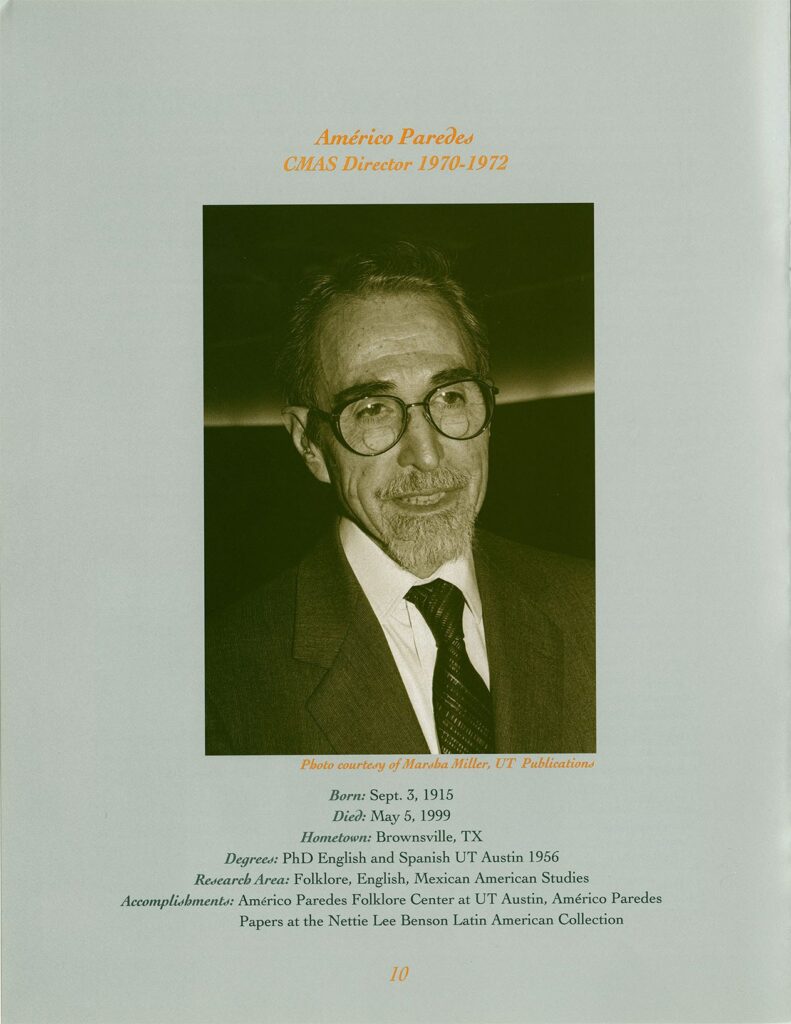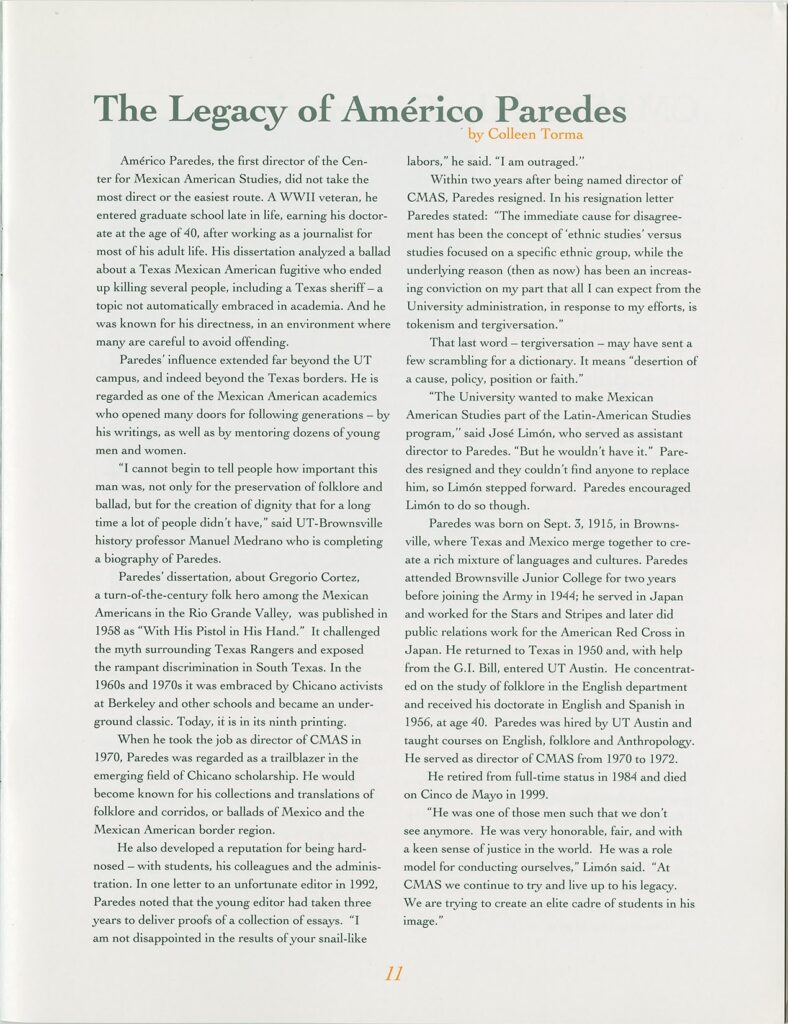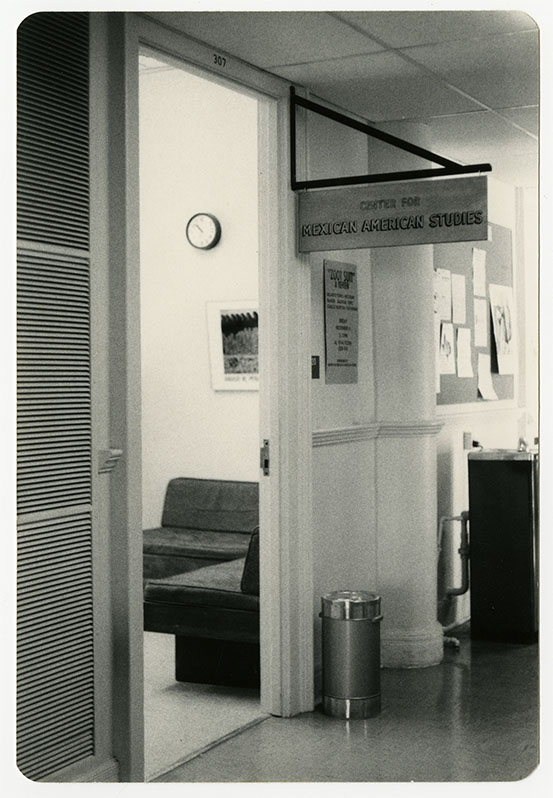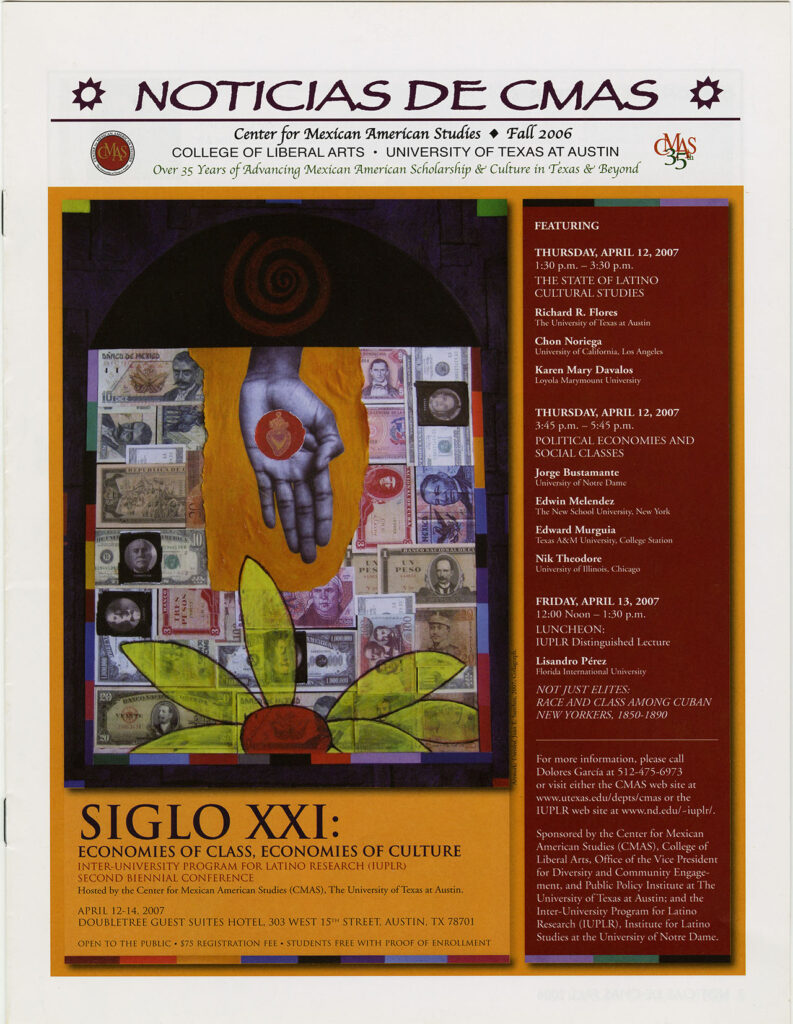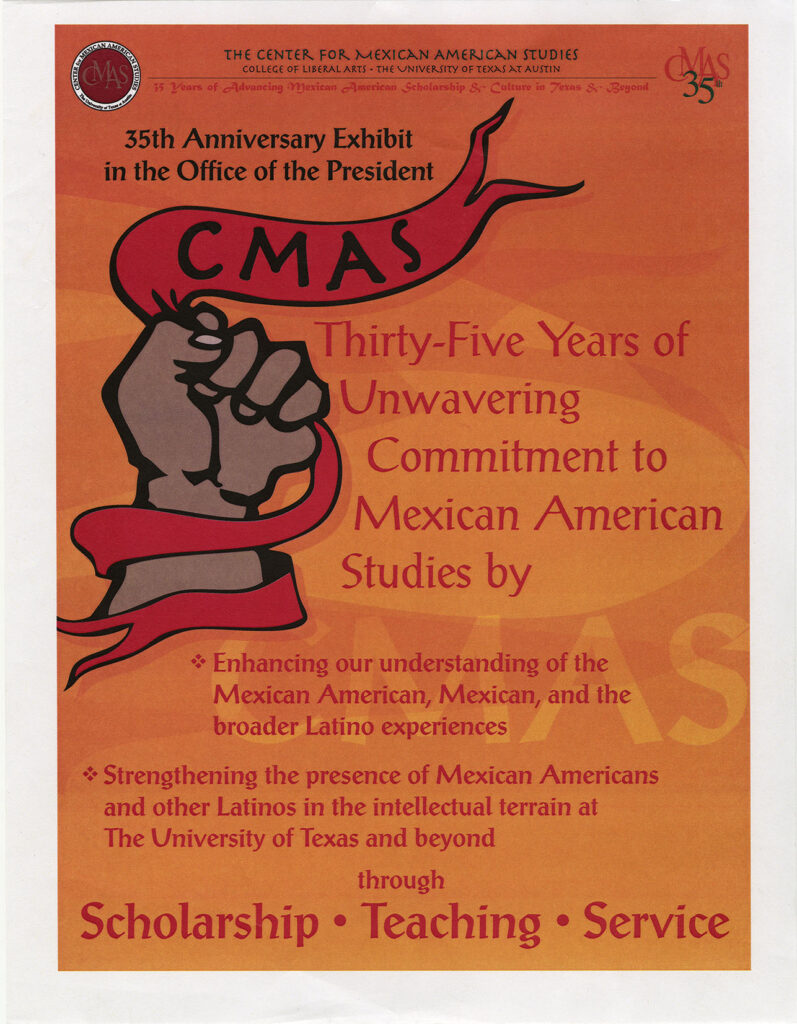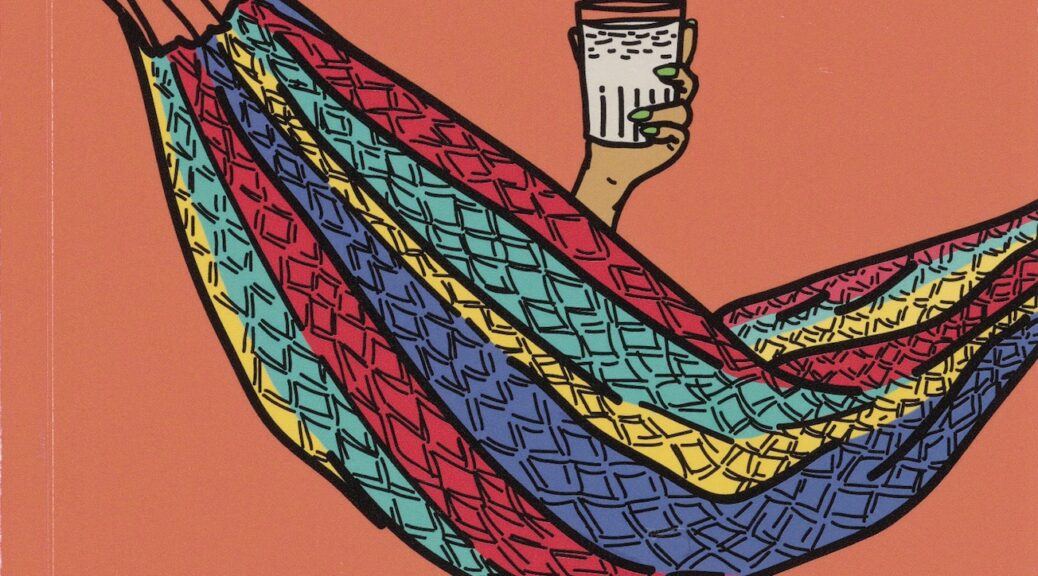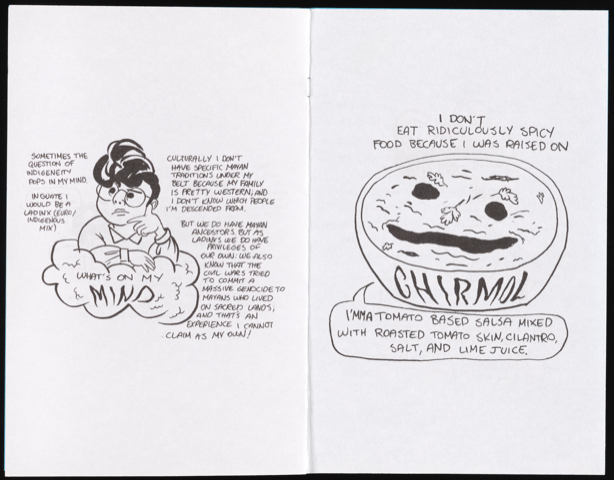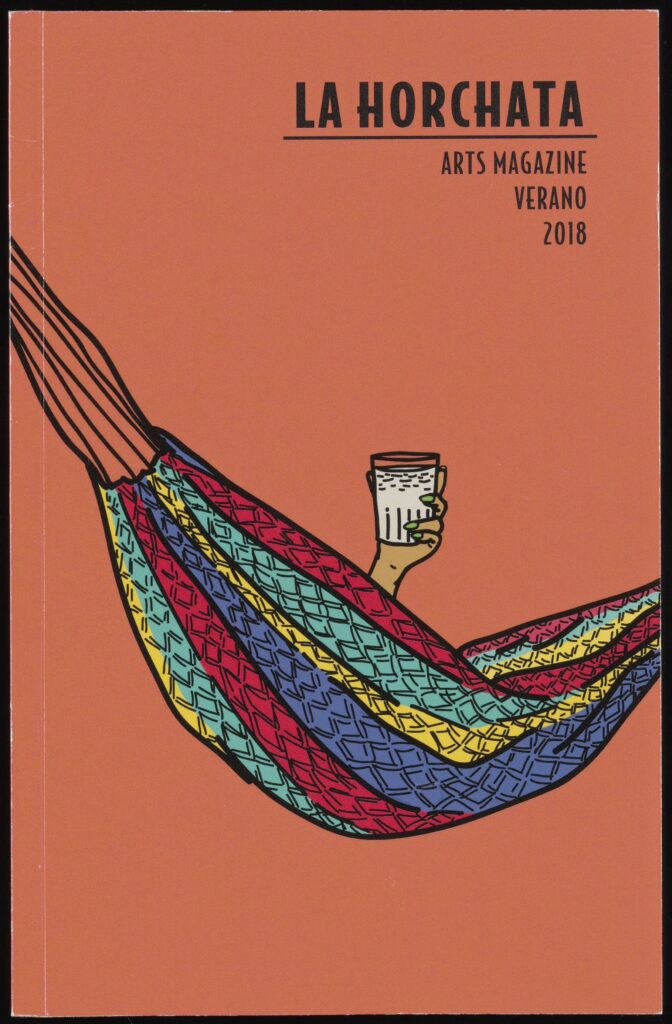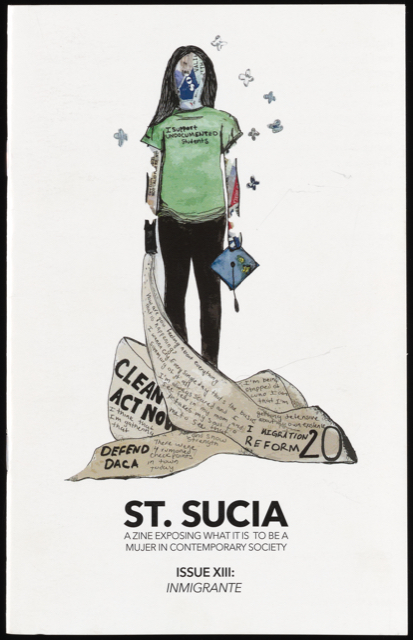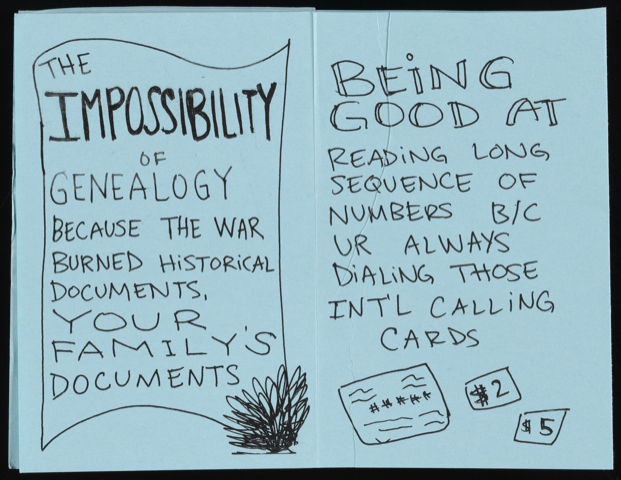The Nettie Lee Benson Latin American Collection is proud to host the 21st Annual ¡A Viva Voz! Celebration of U.S. Latino/a/x Culture, featuring a conversation with Chicana/Tejana artist Santa Barraza.
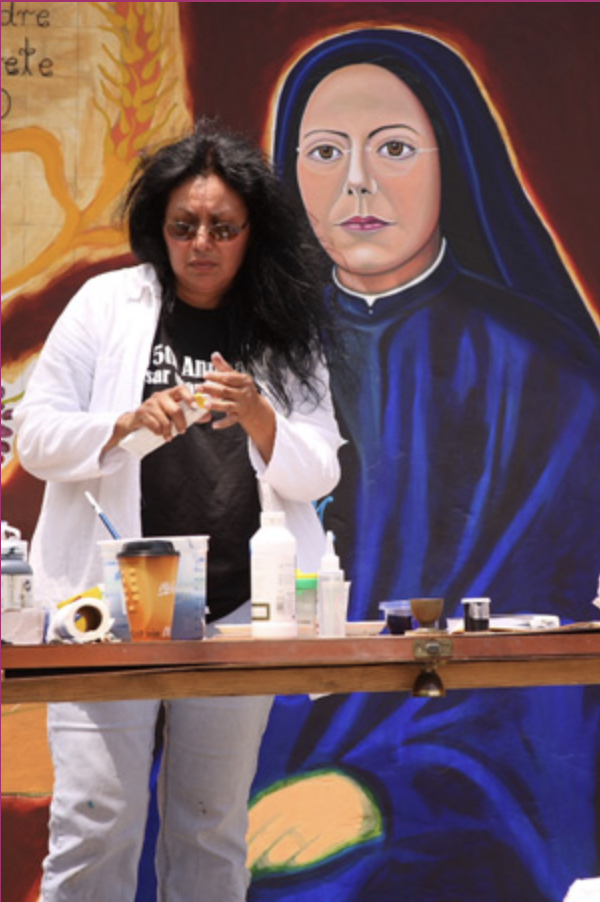
A native of Kingsville, Texas, Santa Barraza is a contemporary artist and founder of Barraza Fine Art, LLC, a gallery and studio committed to furthering the appreciation of the visual arts in the borderlands and among isolated, rural populations.
Barraza’s artwork is in the permanent collections of museums in Texas, California, and Maine; the Smithsonian Institution in Washington, DC; France; Germany; and Spain. Most recently, her work is on view in the art museums of Denver, Albuquerque, and San Antonio as part of Traitor, Survivor, Icon: The Legacy of La Malinche; the Mexic-Arte Museum in Austin for Chicano/a Art, Movimiento y Más en Austen, Tejas, 1960s–1980s; and for the Art in Embassies exhibition organized in Mexico City by the U.S. Department of State and U.S. Ambassador to Mexico Ken Salazar.
The ¡A Viva Voz! event also marks the opening of the exhibition Legacies of Nepantla: Artists Affirming Identity and Existence, curated by Maribel Falcón, the Benson’s U.S. Latina/o/x Studies Librarian. The exhibition showcases work that is part of the Benson’s archival holdings. It will be on view in the Benson’s Ann Hartness Reading Room through mid-August 2023.
“The exhibition showcases work from women whose myriad identities include Chicana, Native American, Tejana, and Latina, in addition to mothers, sisters, organizers, artists, activists, teachers, and students,” said Falcón. “Many of the featured artists are established as leaders in their communities and recognized as pillars of the Chicano/a art world, such as Santa Barraza, Carmen Lomas Garza, Patssi Valdez, Yreina D. Cervántez, Ester Hernandez, Irene Pérez, and Alma López.”
If You Go — ¡A Viva Voz! takes place in the Benson Latin American Collection (2300 Red River Street, SRH 1) on Thursday, April 6, from 6 to 8 p.m. Light refreshments provided by The Local Explorer Mezcal and La Cocina de Consuelo; vinyl sounds by Chulita Vinyl Club.
Due to an event at the Moody Center, parking is limited. We encourage attendees to use alternative forms of transportation. City of Austin street parking is available on Dean Keaton and on Red River north of Clyde Littlefield.
This event is free and open to the public. For more information, contact Susanna Sharpe.
Image: Cihuateteo con Coyolxauhqui y La Guadalupana, Santa Barraza, 1996

